
West Wight is notable for stunning, unspoilt coastal landscapes and havens for wildlife. In addition to this natural beauty, or more likely because of it, many extraordinary historical figures have been attracted to the area, especially Freshwater Bay.
The Victorian period saw a boom in visitors to the locale, with many being the most
eminent and influential in their fields.
This guide lets the modern day visitor explore the well-trodden path of many who have come before. Properties and famous historical individuals are detailed below. You can walk or cycle all or part of the route at your own pace. Much of it is in areas designated as Area of Outstanding Natural Beauty (AONB) and Sites of Special Scientific Interest.
This guide has been funded through the Isle of Wight Council’s Active Travel Innovation Grant. It has been produced by The Bay Boutique Bed and Breakfast with the help and research of Becca Cameron from Freshwater Bay Residents’ Association.
In Freshwater Bay, the Poet Laureate, Alfred, Lord Tennyson was probably the most well-known figure, who mixed with a crowd of like-minded individuals including his friend Julia Margaret Cameron, a woman who broke with Victorian conventions and is credited with pioneering photography as an art. These notable individuals were dubbed ‘The Freshwater Circle’. Indeed, Freshwater Bay nurtured the birth of celebrity culture; with crowds of visitors flooding the area to get a glimpse of the celebrities of the day, while enjoying the beauty of the scenery and hoping for inspiration of their own.

The only thatched church on the Island, St Agnes’ is not as old as many people think. It was built in 1908 on land given by Hallam, Lord Tennyson (Alfred’s oldest son). The stone used to build the church came from Robert Hooke's home (hence the 1622 date stone).
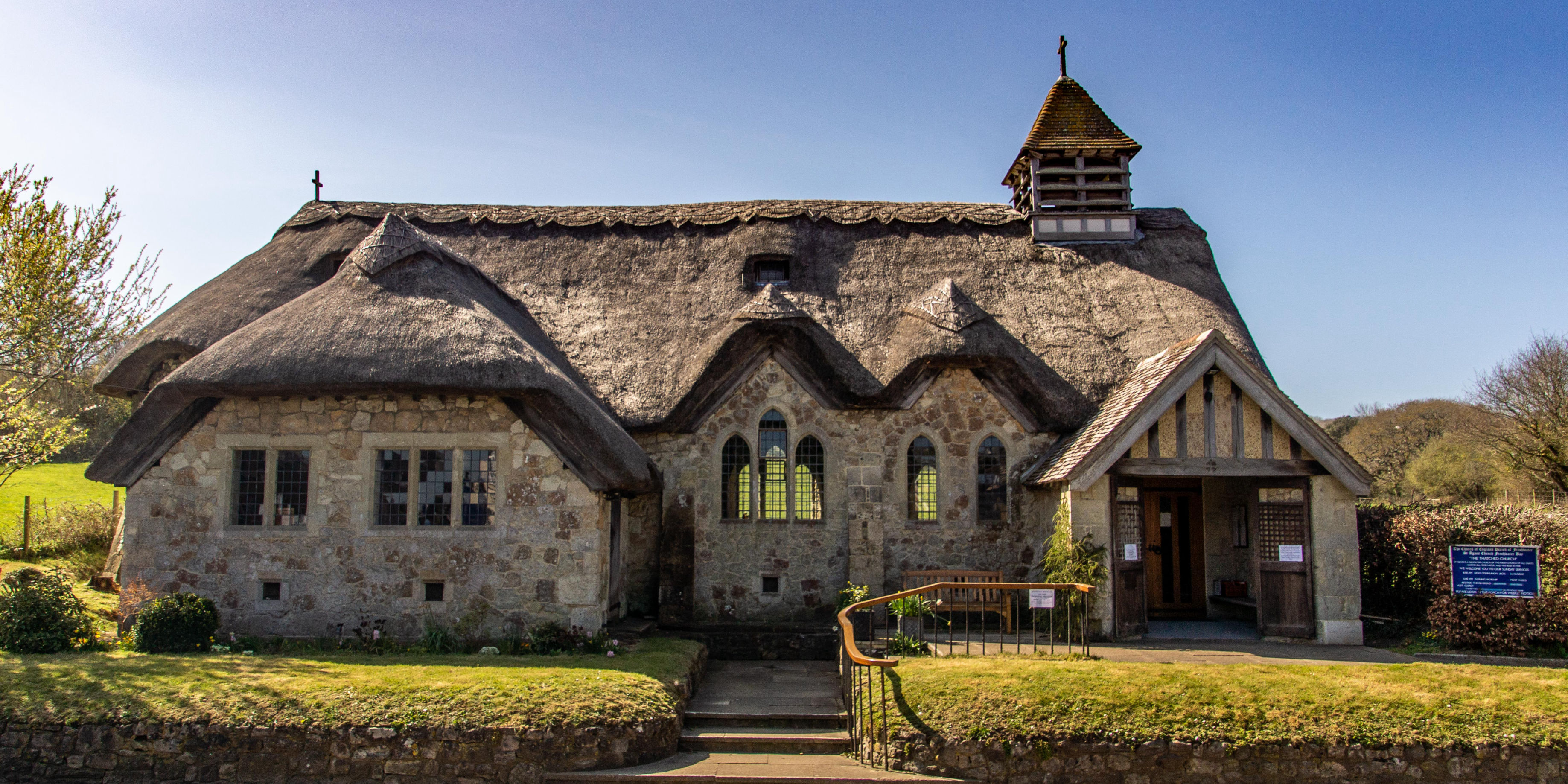
Charles Dodson, better known as Lewis Carroll, stayed at his friend the poet/author William Allingham’s Myrtle Cottage/Holly Tree Cottage opposite the Liddell Family in Whitecliffe House. Henry Liddell was Dean of Christchurch, Oxford and his young daughter Alice was the inspiration for ‘Alice’s Adventures Under Ground’, later renamed as ‘Alice in Wonderland.’
Also on Victoria Road you will find:
• Tower House, the former home of Alfred Hollis
MD, Tennyson’s physician. Edward VII and socialite
Lillie Langtry had an affair here
• Monksfield, the past home of Professor Harold
Laski (political theorist, economist and writer) and
his wife Nancy McNeill (dancer). Nancy’s sister
Dorelia was married to Augustus John, who for a
time was considered the most important artist at
work in Britain. John visited and painted here.
Another visitor was Anna Leonowens, travel writer,
educator, social activist and the real Anna from
‘The King and I’.

Many of the Victorian houses on Gate Lane and The Square were commissioned by Queen Victoria for sea captains who developed the properties, not only as luxury villas for high ranking officers and notable individuals, but for other visiting famous Victorians. Some of those include; Henry Sewell, the first Prime Minister of New Zealand; author D.H. Lawrence (Lucerne) who used the location in his novels; the Hon. Catherine and Captain Rushworth (nephew of the great Admiral Holmes, Jamacia’s Commander in Chief; William Hearn, Deputy Vice Admiral of the Isle of Wight; Arthur Elliot, journalist and politician.

Dimbola Lodge is now a museum to celebrated Victorian photographer Julia Margaret Cameron, who lived and worked here between 1860 and 1875. Many other famous Victorian artists, writers and poets visited Tennyson and Cameron and portraits of them can be seen at Dimbola.
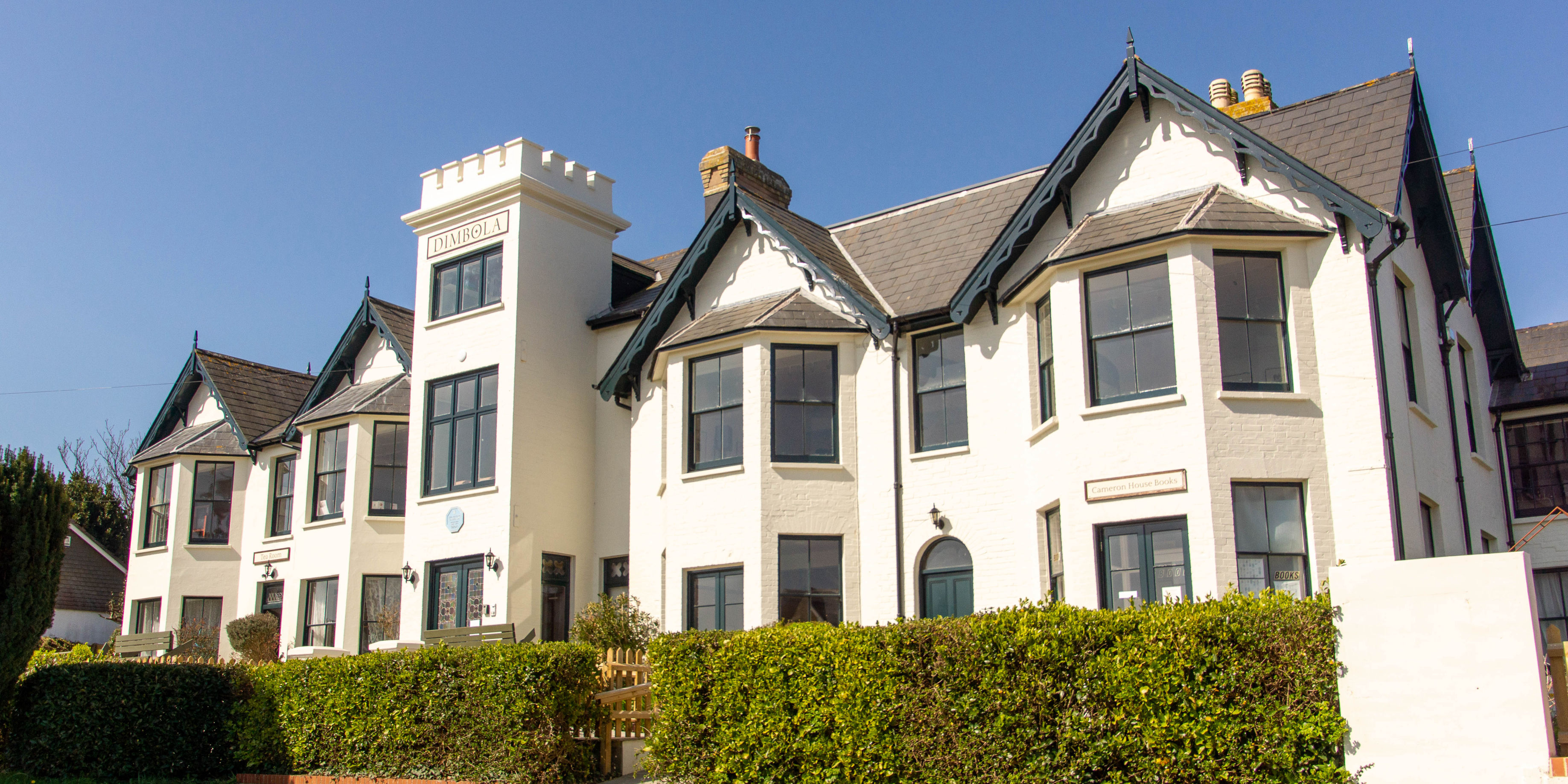
Hazelhurst is now a modern apartment block, but the former Hazelhurst was a hotel and, along with properties that were behind it, provided accommodation for many of the famous Victorians who visited Tennyson and Cameron:
• Anne Thackeray (Lady Ritchie) an author, highly
regarded on the late Victorian literary scene
• Mary Coleridge, novelist and poet
• Sir Henry Newbolt, poet, novelist and historian
and his lover Ella Coltman who held séances
with Tennyson
• Arthur Clough, poet and devoted assistant to
Florence Nightingale (his wife’s cousin)
• Artist, writer and children’s book illustrator
Kate Greenaway
• Theologian Professor Benjamin Jowett who
translated Plato
• Virginia Woolf, one of the most important
modernist 20th century authors, worked here
and wrote her only drama ‘Freshwater’ based
on her great-aunt Cameron, while in the bay.
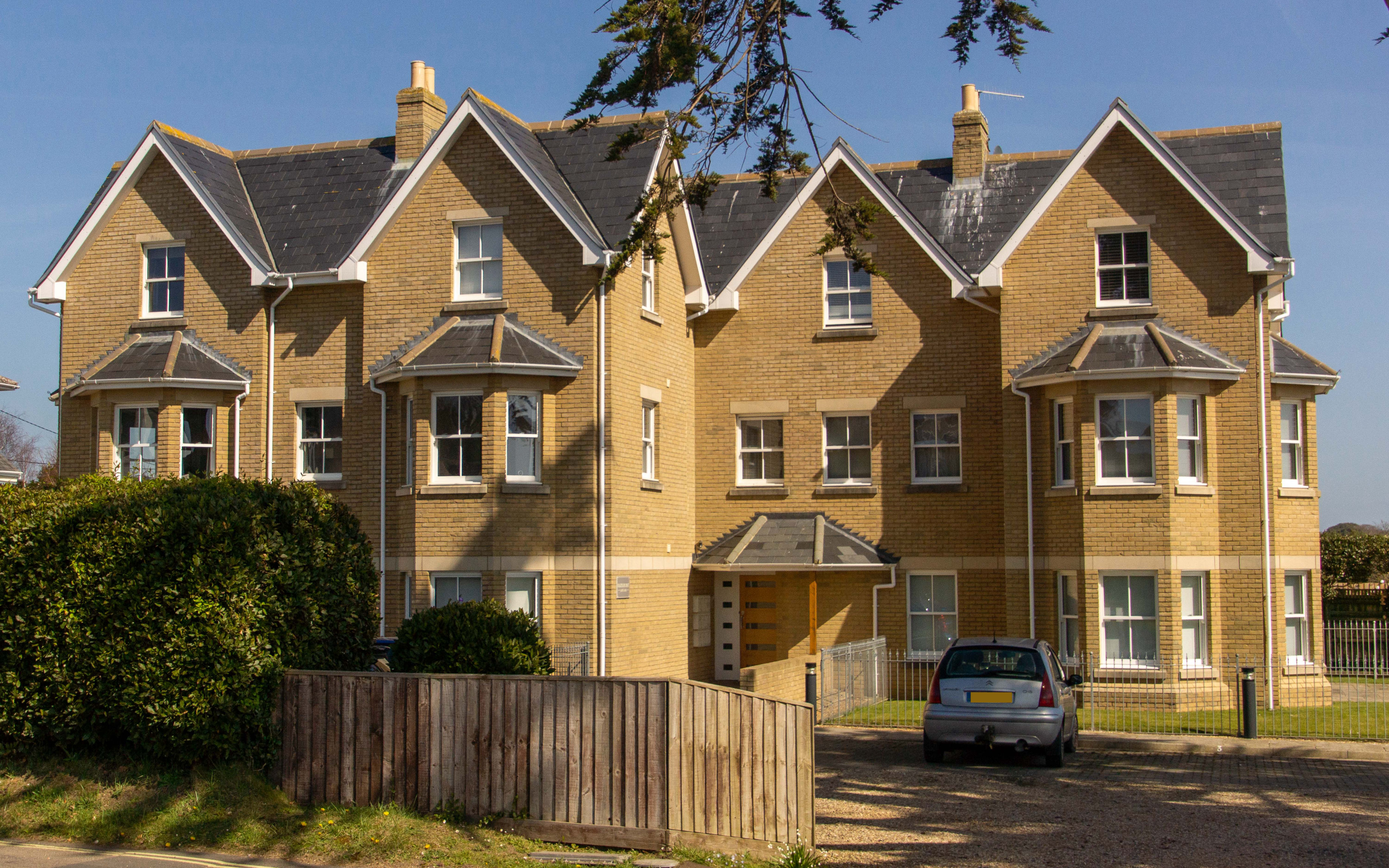
Ancona (now a care home) displays a blue plaque as the birth place of scientist and Antarctic explorer Sir Vivian Fuchs.
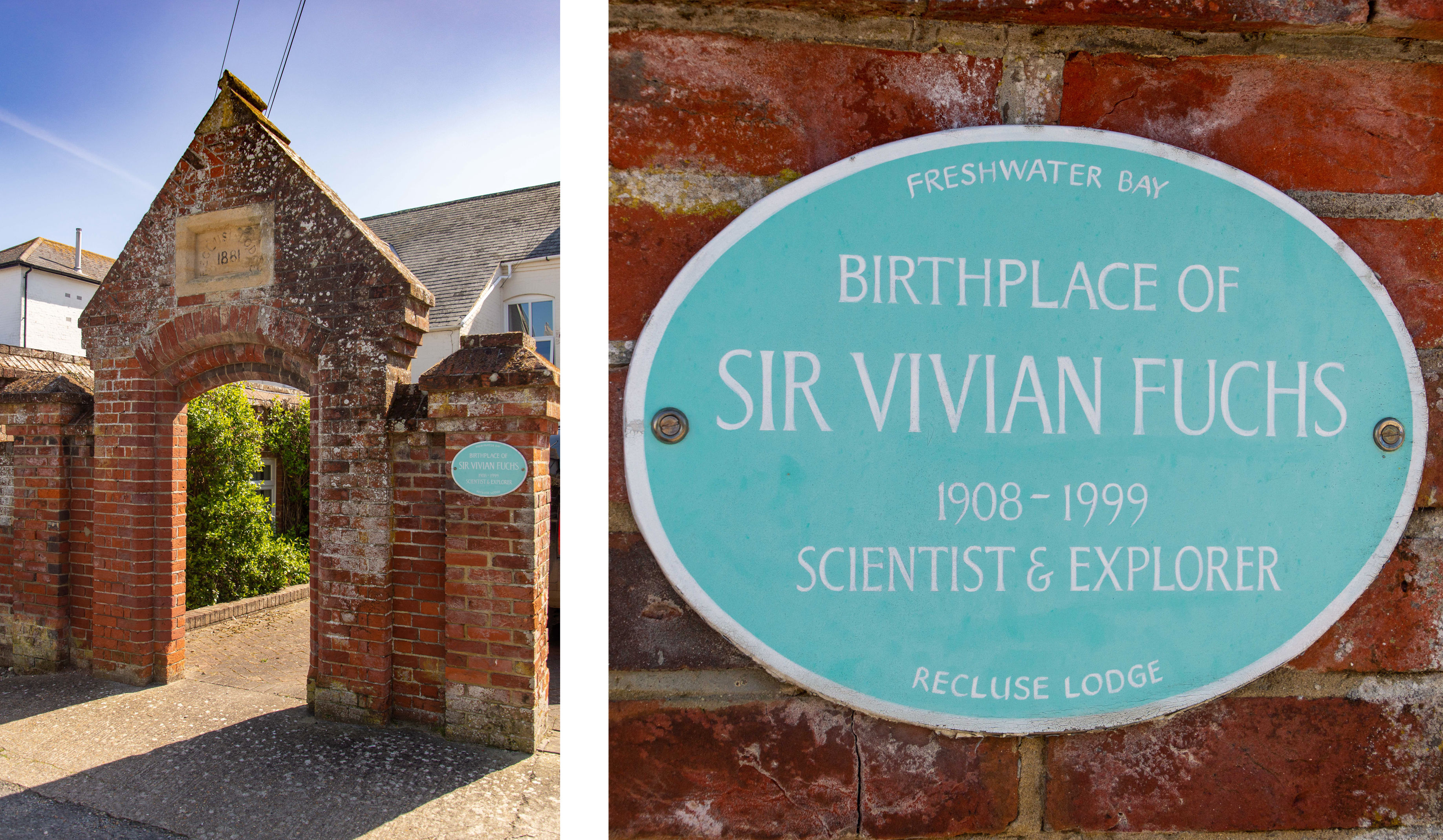
Marine Villa in Coastguard Lane entertained contemporaries Anglo-American poet W.H. Auden; Christopher Isherwood, Anglo-American novelist, playwright and pioneer in the gay liberation movement; George Bernard Shaw, playwright and political activist; writer Edward Upward. Now converted into several houses, Sandpipers/Temperance/Saunders Hotel was visited by former Prime Minister Clement Attlee and attracted music acts performing at the Isle of Wight Festival, including The Who and Island band Level 42.
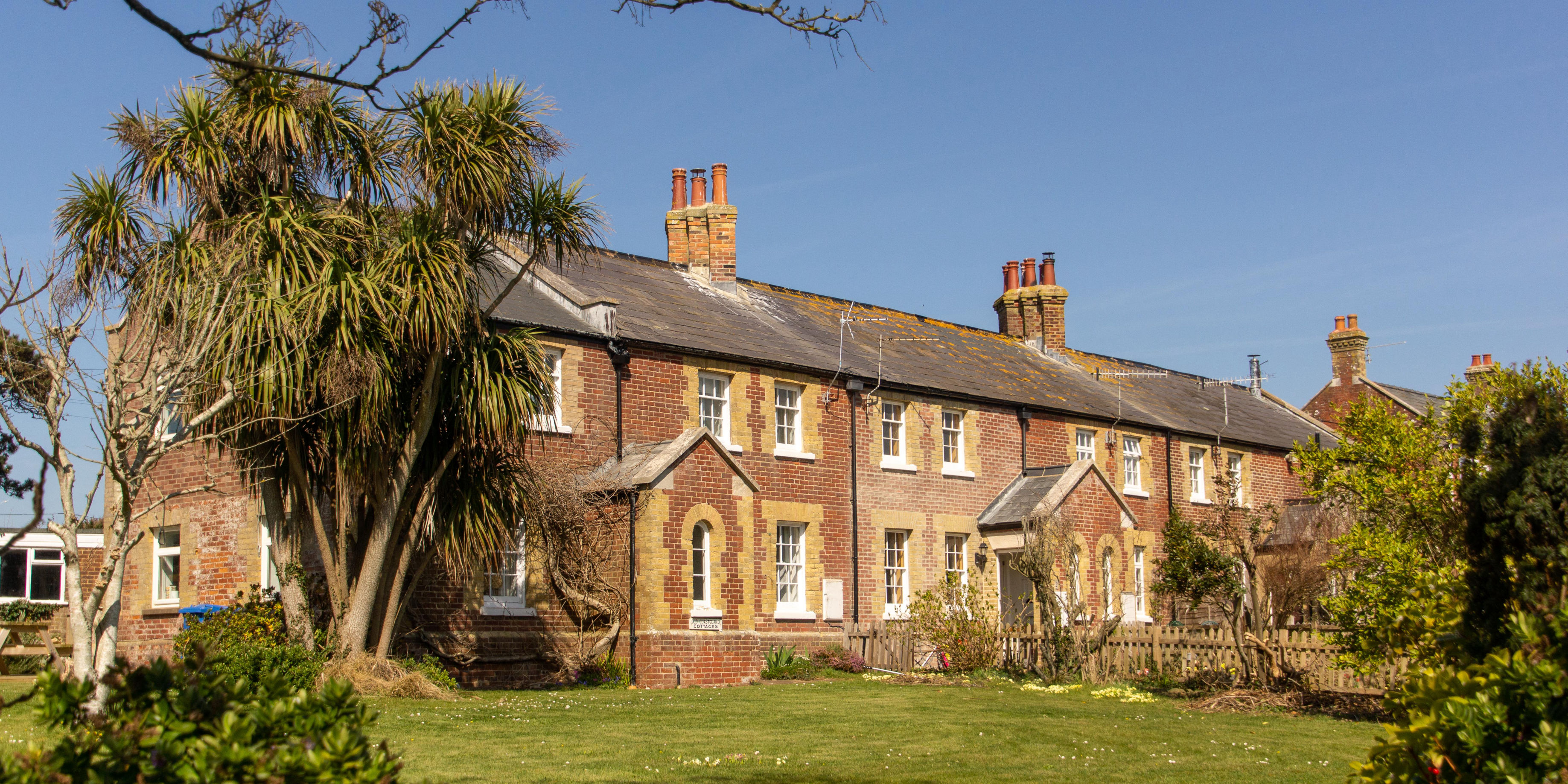
Along Terrace Lane past Dimbola you have: Redoubt House, where guests included Charles Darwin, the world renowned naturalist, geologist and biologist and opera singer Jenny Lind. Lind, often called the ‘Swedish Nightingale’, was one of the most highly regarded singers of the 19th century and features in ‘The Greatest Showman’ film. Pannells hosted George Granville Bradley, former Dean of Westminster; Sir Leslie Stephen, author, historian and mountaineer; Frederick Tennyson, poet and brother of Alfred. Terrace House was owned by Horatio Tennyson, another of Alfred’s brothers. Charles Darwin also stayed here, as did author and illustrator William Makepeace Thackeray, known particularly for his satirical novel ‘Vanity Fair’.
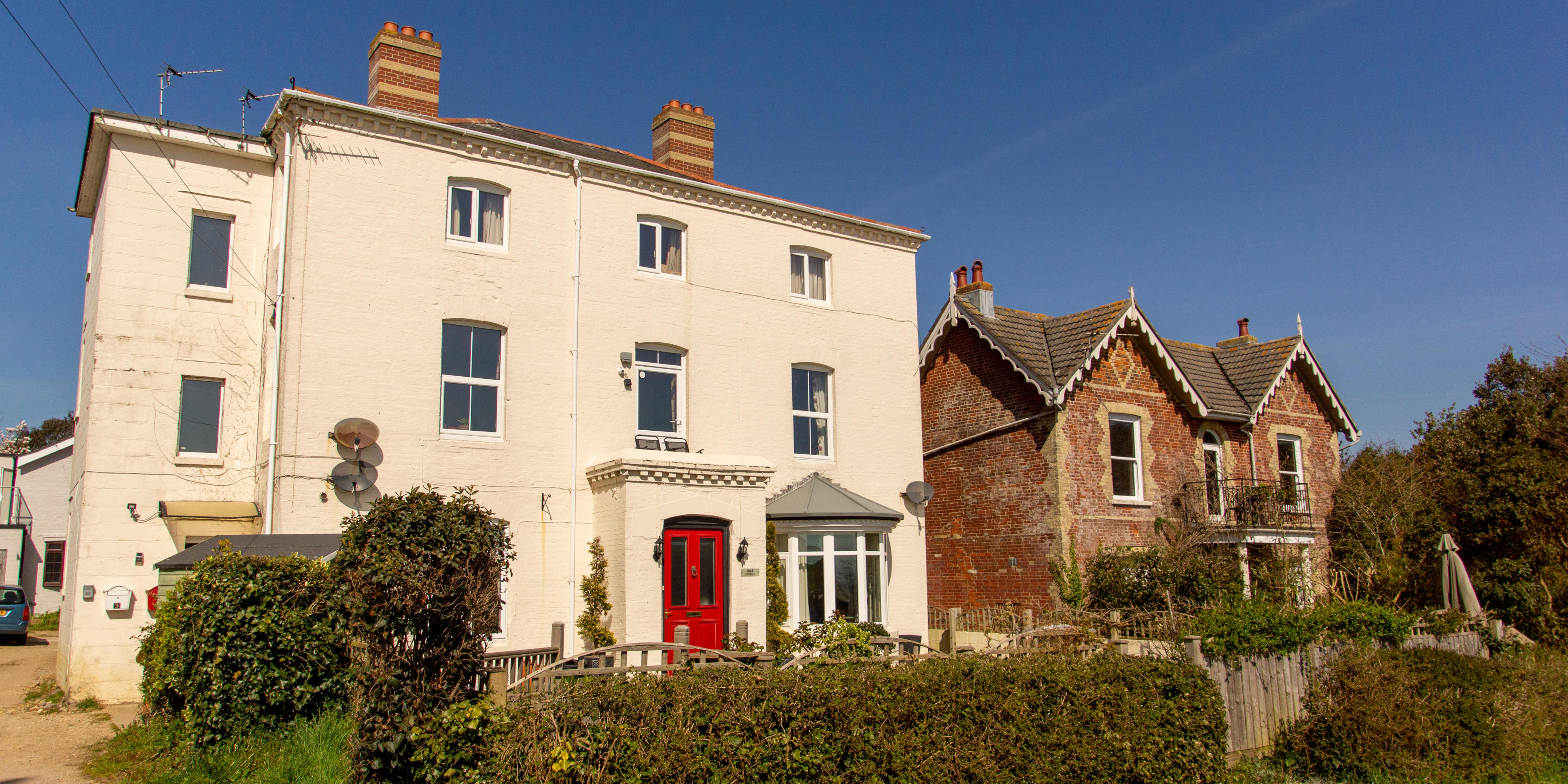
The current Albion Hotel has had modern additions but has been a hotel and public house (The Cabin) for many years. Artists George Morland, John Hassell and J.M.W. Turner all stayed here and painted the bay. Turner’s ‘Fishermen at Sea’ of Freshwater Bay can be seen at the Tate Modern. Geologist Sir Charles Lyell, notable for his pioneering explanation of climate change, also stayed here.
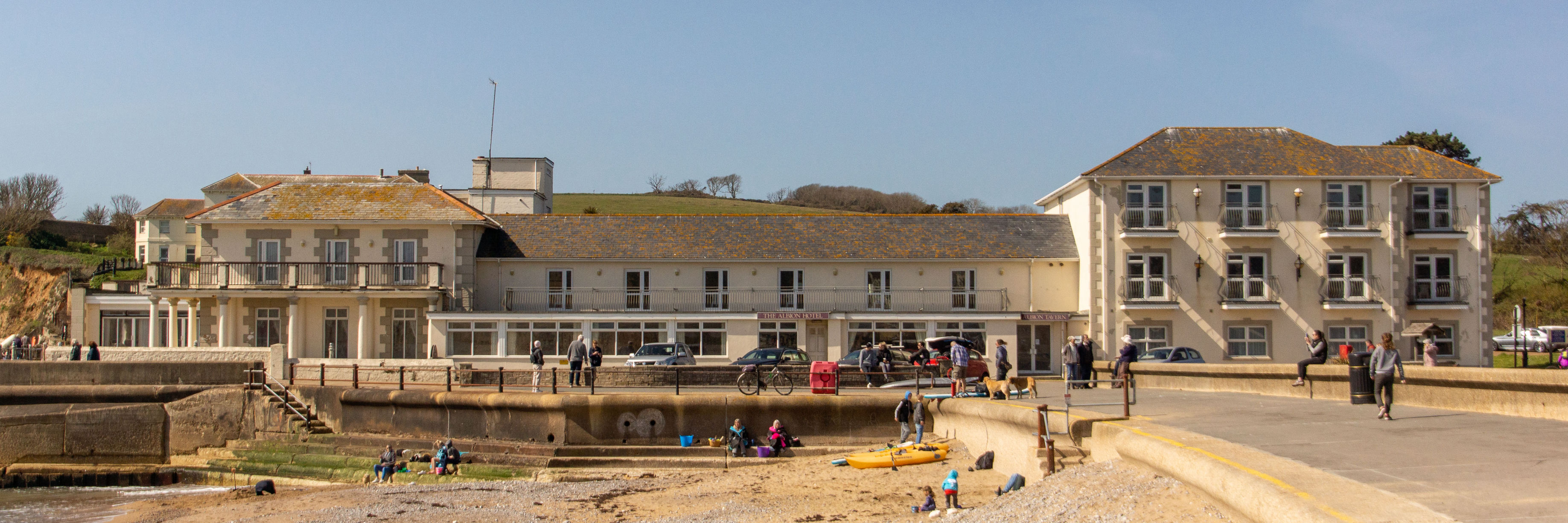
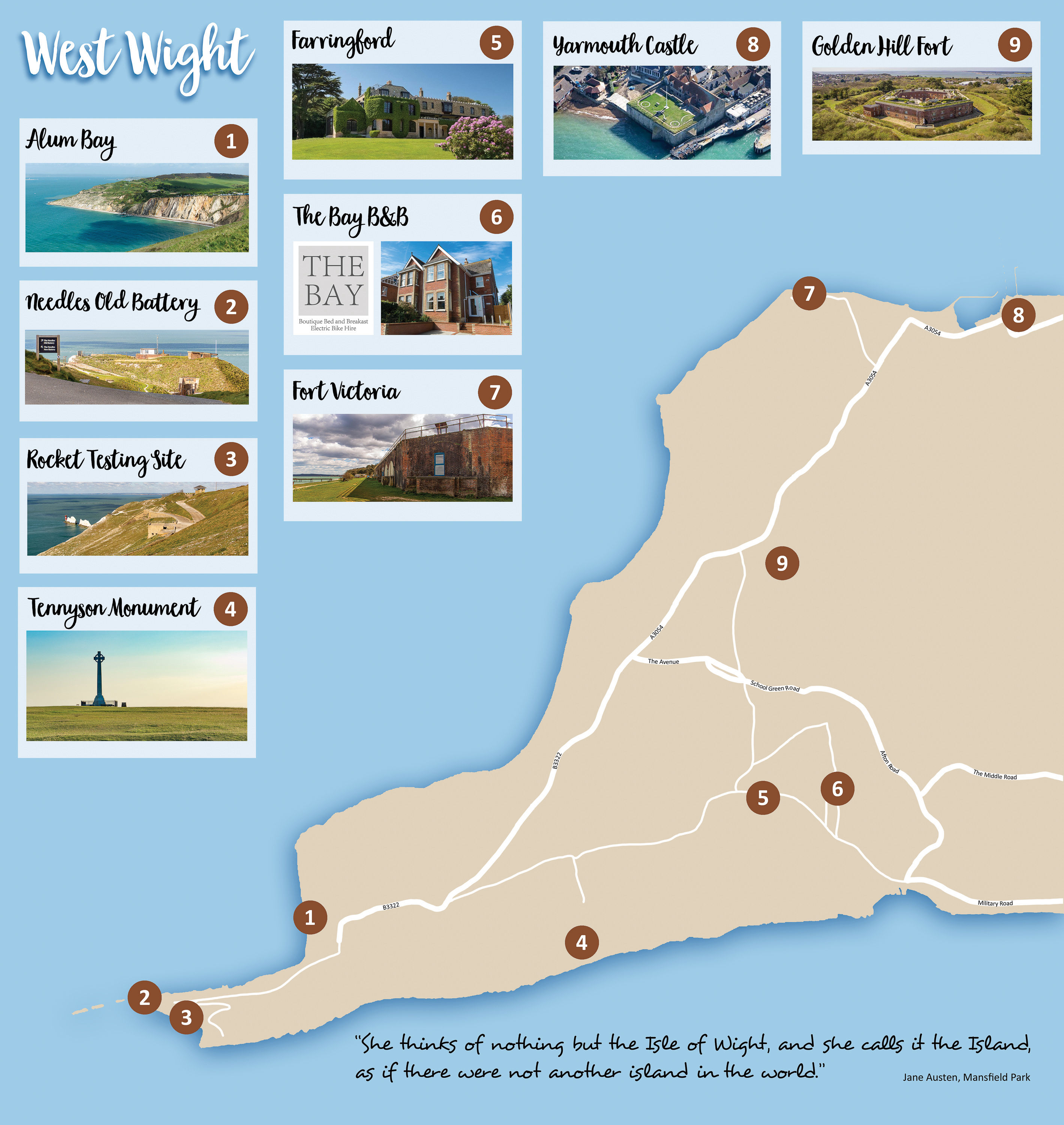
The Marconi Monument, at the location where Guglielmo Marconi sent the very first wireless transmission in 1897. Further experiments resulted in communications between Marconi at Alum Bay and Queen Victoria at Osborne House in 1898 which enabled all radio and telecommunications used today.
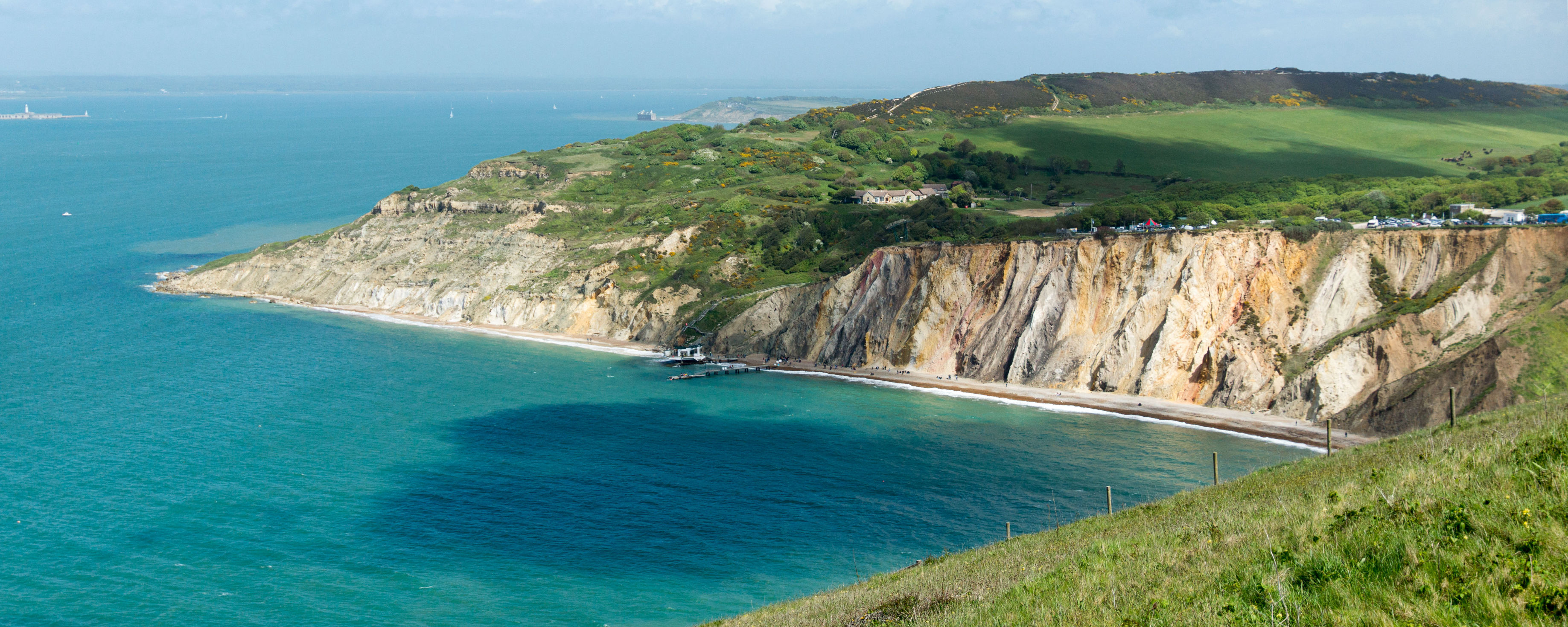
A Palmerston Fort built to defend against French attacks. While never needed during the Victorian period, it was used during both World Wars. The National Trust site has historical information and provides unrivalled views of the Needles.

Between the 1950s and 1970s, Black Arrow and Black Knight, part of a secret British rocket project, were tested. You can find out more about the project at the Needles New Battery.
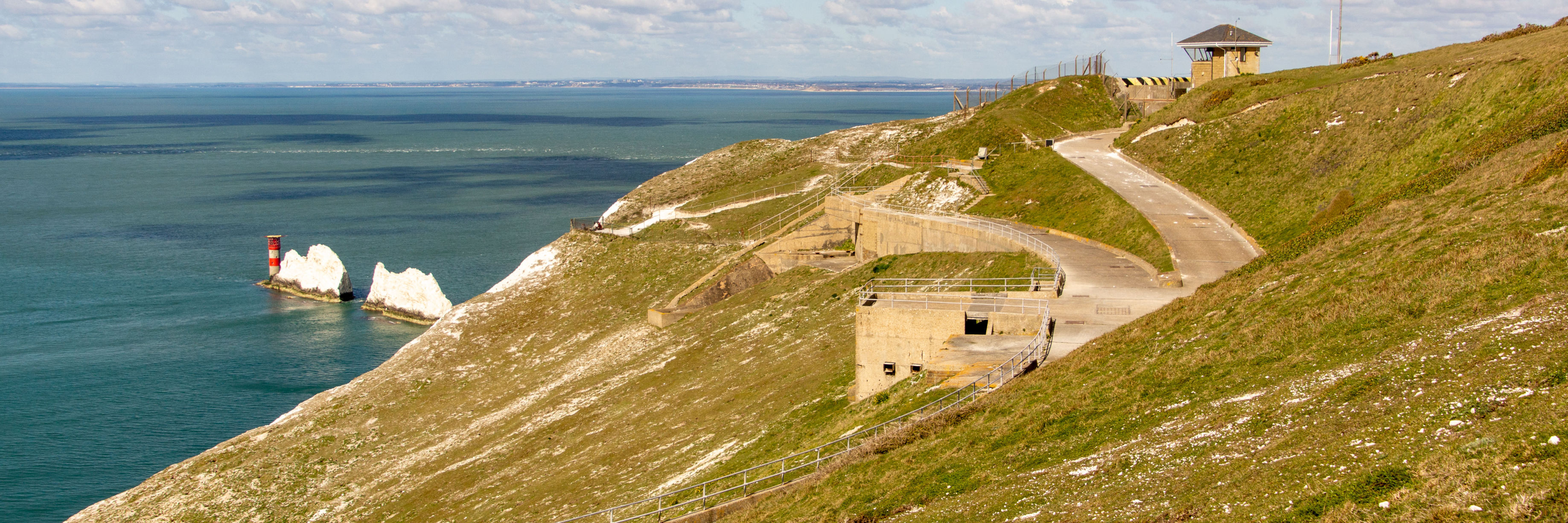
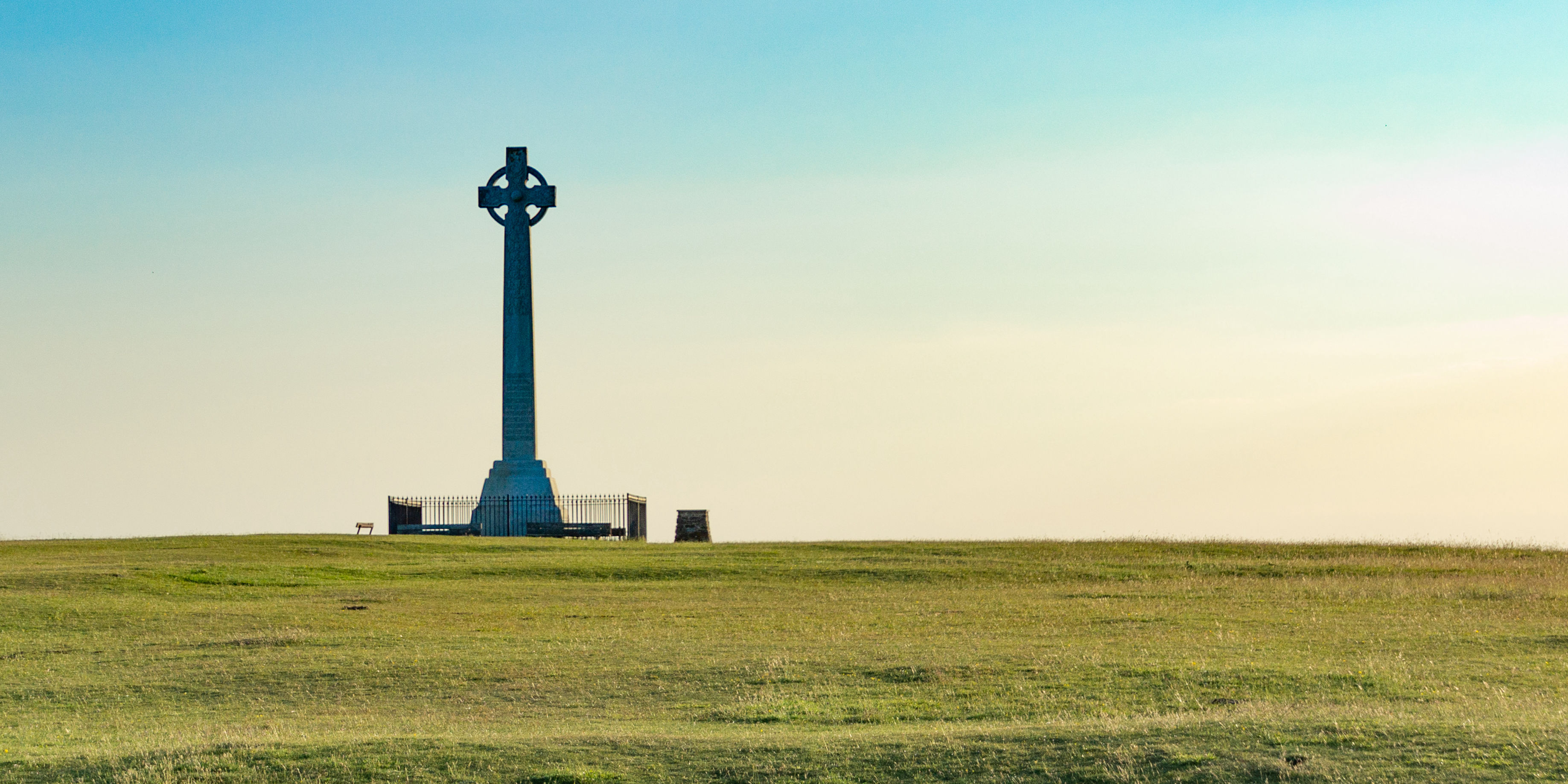
Standing at 147m above sea level on the highest point on Tennyson Down, this memorial to Alfred Lord Tennyson celebrates the spot that inspired much of his work. It sits on the site of the old Nodes Beacon. A replica and plaque to this can be seen down the hill towards the Needles.
Farringford was the Island home of Alfred, Lord Tennyson, perhaps the most famous poet of the Victorian Era. Inspired by the West Wight landscape and looking for a peaceful place to escape his fans, the Poet Laurate and his wife Emily made Farringford their family home in 1853. It’s now a museum to his life.
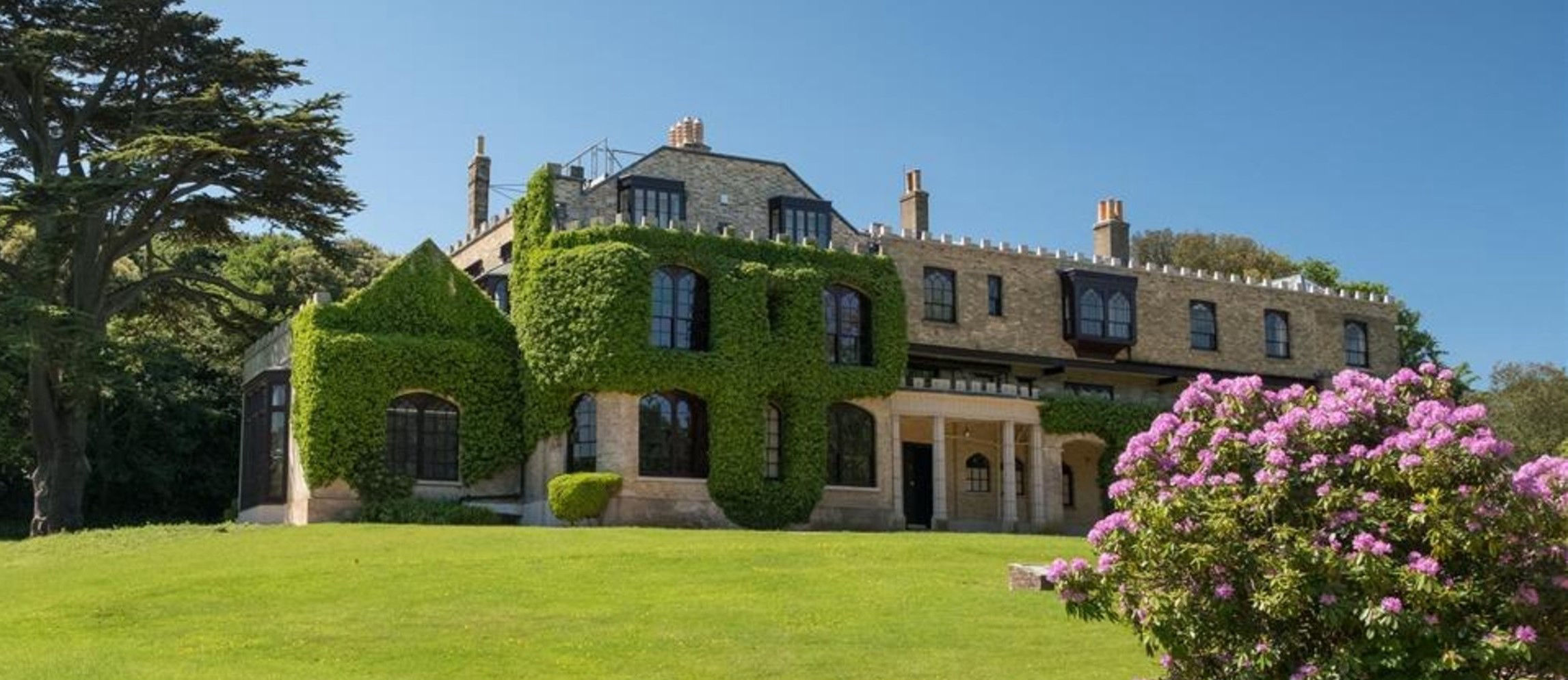

Many of the Victorian houses in Freshwater Bay have switched between private homes and holiday accommodation. In its time, the Bay Boutique Bed and Breakfast has also been accommodation for World War II troops, Portsmouth evacuees, a convalescence home for soldiers and a maternity hospital.
Robert Hooke, born 1635 in Freshwater, was a scientist most famous, perhaps, for discovering the cell. He was also an inventor, anatomist, astronomer and a pioneer in geology, meteorology and microscopy. He even worked to restore the City of London after the Great Fire of 1666. An exhibition can be seen at The Island Planetarium, Fort Victoria. Hooke’s family home no longer exists, but was located behind what is now Heatherstone House on Hooke Hill.
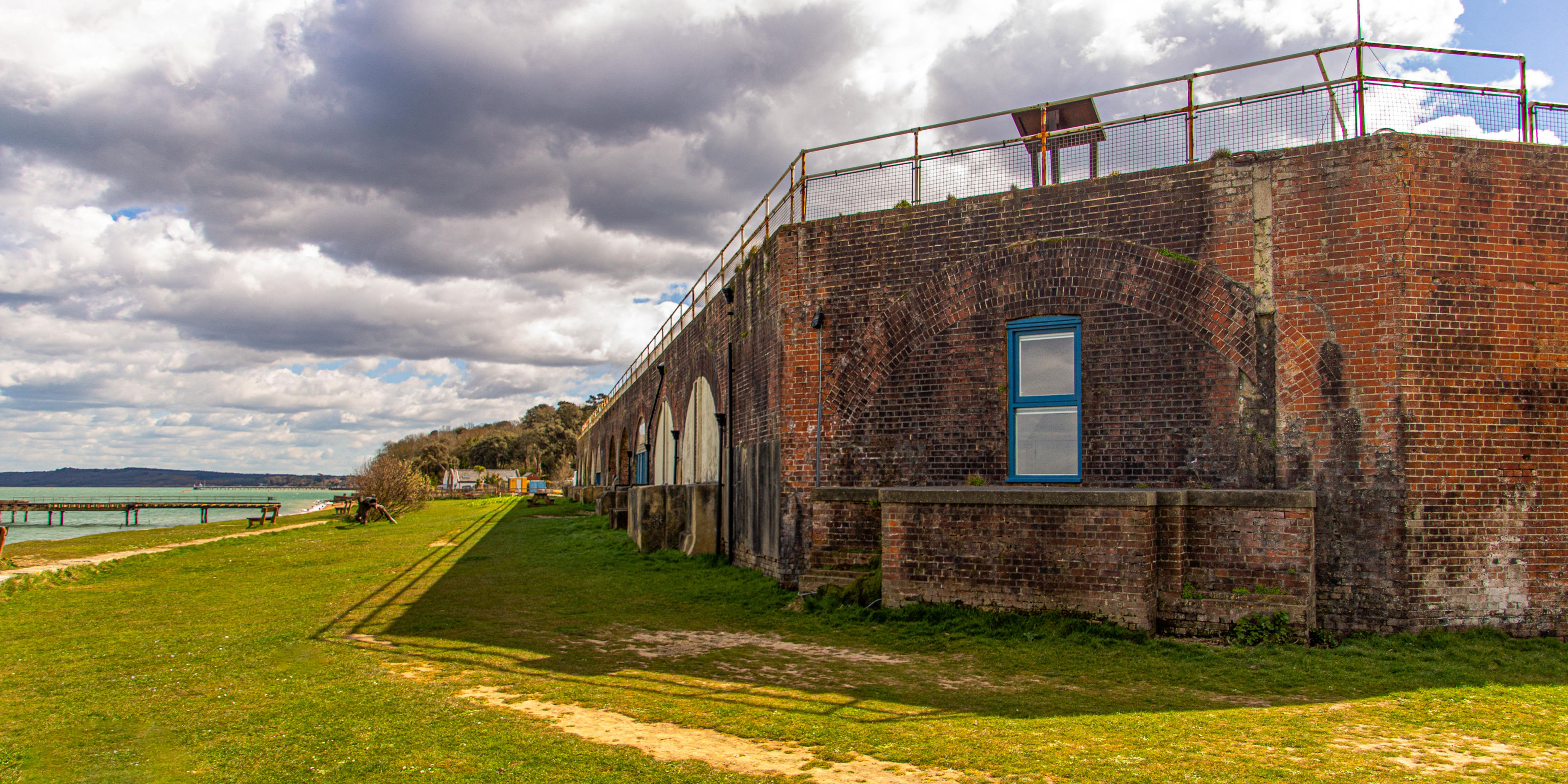
Yarmouth Castle is an English Heritage site, built in 1547 by order of Henry VIII to protect the Solent from the French.
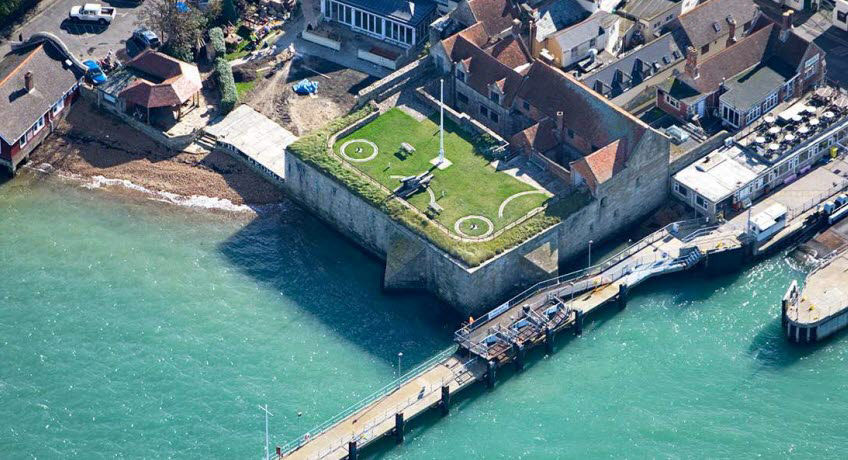
Built in the 19th Century principally as a garrison for the West Wight coastal forts and batteries, it also served as a protective defence, with guns mounted on the roof. In the First World War the fort was used as an infantry training depot. In 1915, a newly commissioned Second Lieutenant, Alan Alexander Milne, arrived to join the 4th Battalion of the 11th Royal Warwickshire Regiment. He was a most unlikely soldier, as he held strong and unfashionable views as a pacifist. Could the old woodland have been an inspiration for Hundred Acre Wood from his literary classic Winnie the Pooh?
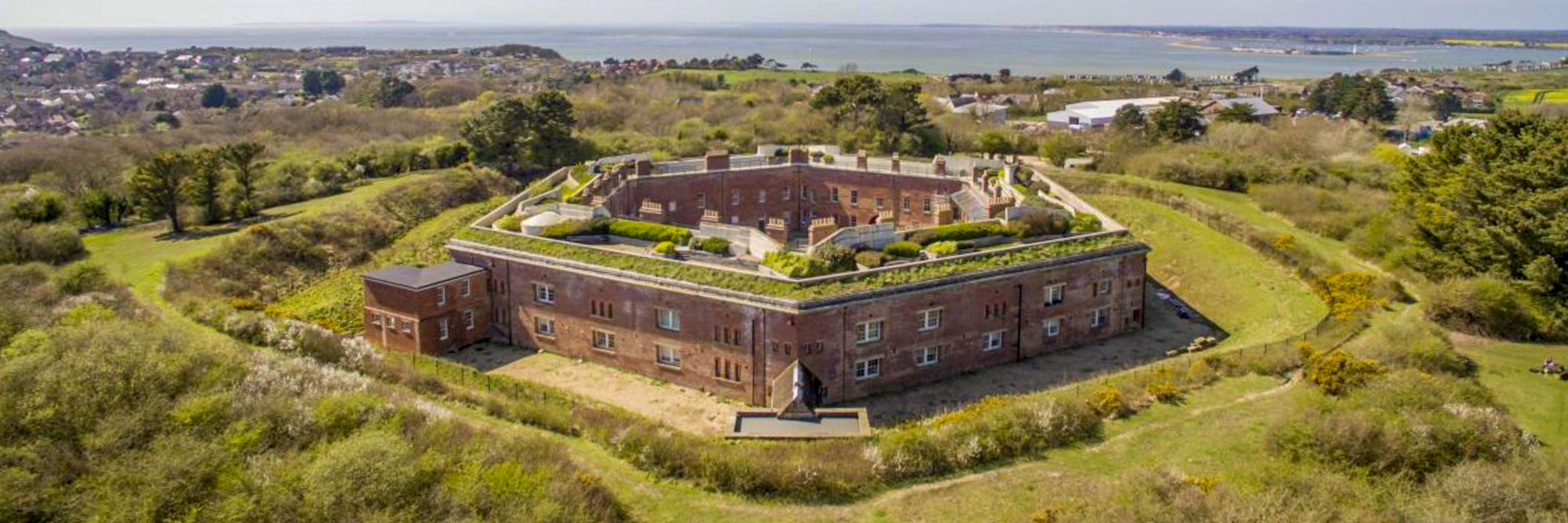
Download PDFs of the heritage trail maps below:
The West Wight Heritage Trail map
Freshwater Bay Heritage Trail map
For walking and cycling directions for the West Wight route, click here, where you will find other suggested routes.